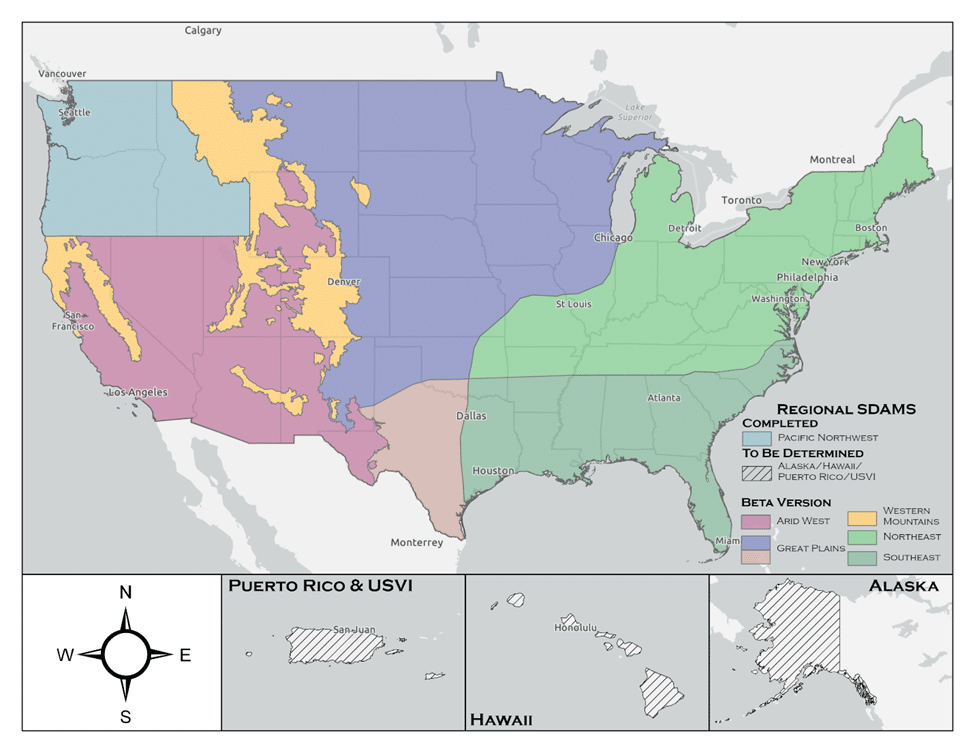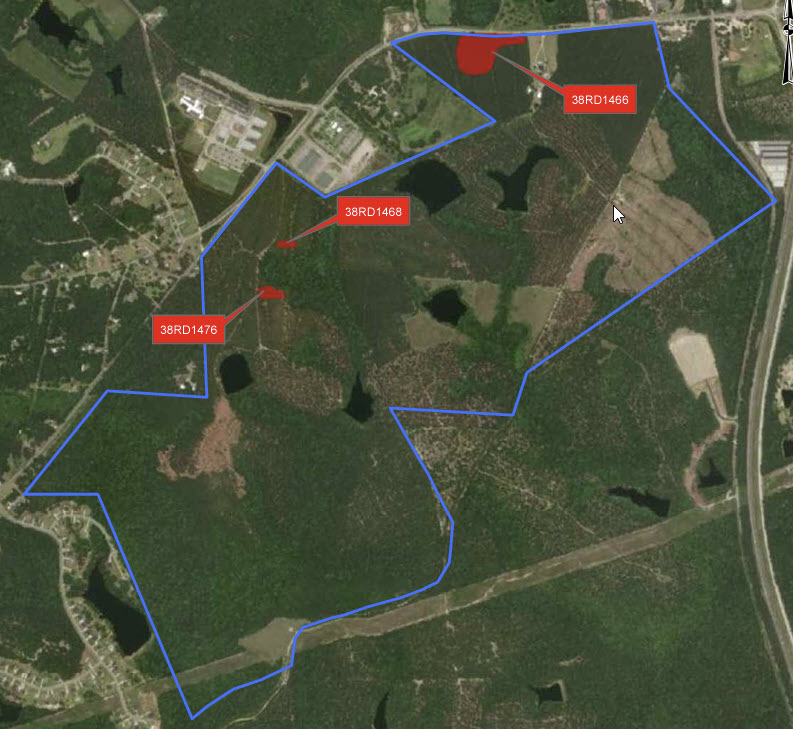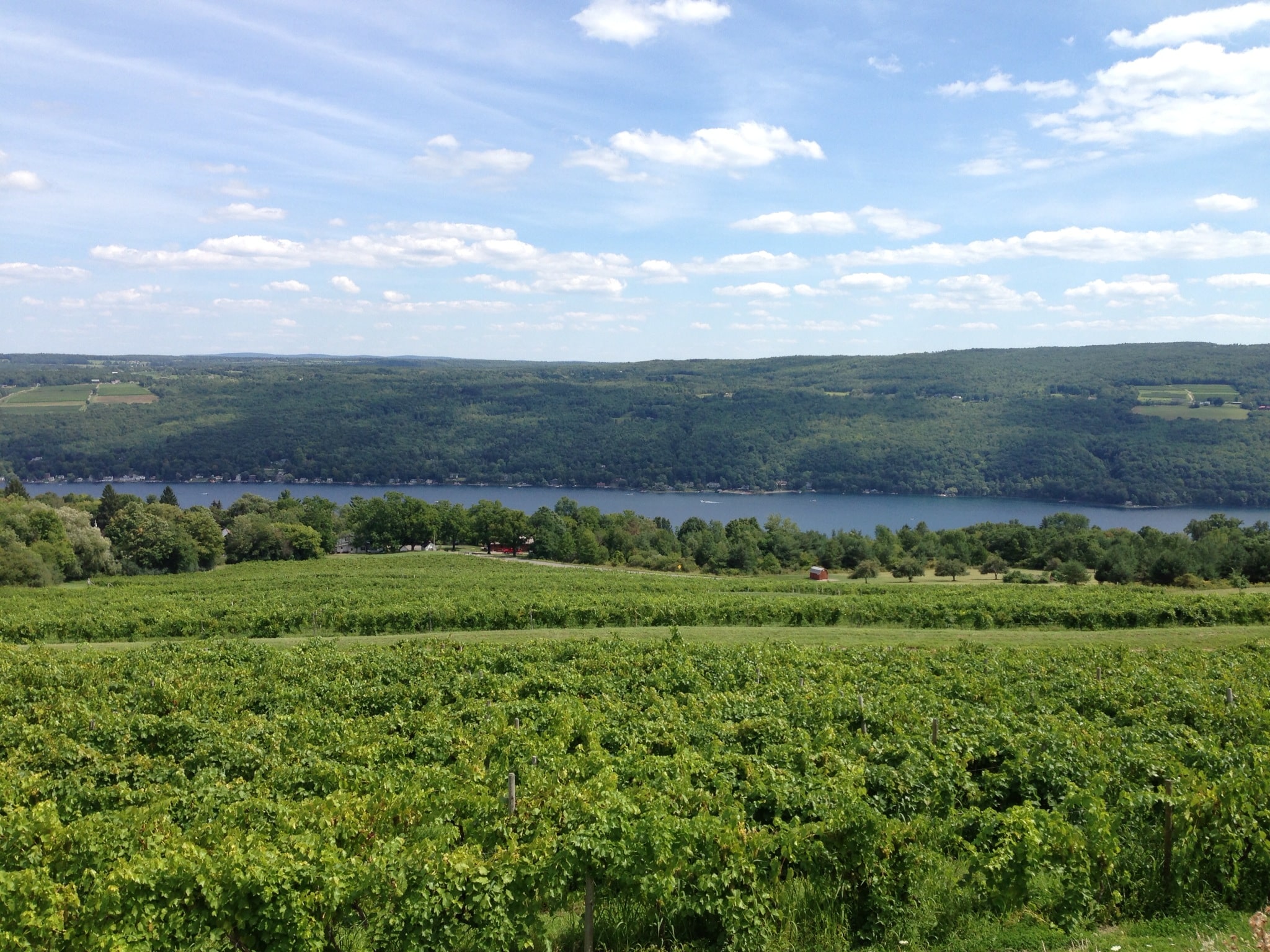
The Clean Water Act (CWA) has long been the cornerstone of water protection in the United States, but the environmental landscape has shifted, prompting lawmakers to propose updates to address modern challenges. In October 2023, a group of House Democrats introduced the Clean Water Act of 2023 (H.R. 5983), which aims to restore protections to U.S. waters following the Supreme Court’s Sackett v. EPA decision earlier in the year. The proposed changes could have significant implications for water management, environmental protection, and business regulation across the country.
Why a New Clean Water Act?
The primary motivation behind this update is the Supreme Court’s May 2023 ruling in Sackett v. EPA, which narrowed the definition of waters protected under the original Clean Water Act. This decision stripped federal protection from a significant portion of the nation’s wetlands and streams, reducing their regulation. The Clean Water Act of 2023 seeks to restore these protections by expanding the definition of Waters of the United States (WOTUS) and reinstating federal oversight over critical waterways.
Key Provisions of the 2023 Act
- Expanded Definitions of Protected Waters
The Act aims to broaden the scope of protected waters, ensuring that small streams, wetlands, and other water bodies that lost federal protection after the Sackett ruling are once again regulated under federal law. This would close loopholes that have allowed pollution and degradation of these critical water sources. - Stricter Permitting Processes
The proposed law introduces tougher requirements for obtaining permits to discharge pollutants into protected waters. This is expected to have major implications for industries like construction and agriculture, which frequently interact with water bodies that may now fall under federal jurisdiction again. - Focus on Wetland Conservation
Recognizing the role wetlands play in flood control, water purification, and habitat provision, the new Act promotes stronger protections and increased restoration efforts for these ecosystems. Wetland mitigation banking is also supported, allowing developers more flexibility while still maintaining conservation goals. - Climate Resilience
The Act incorporates climate resilience into water management strategies. By funding green infrastructure projects and improving natural flood defenses like wetlands, the legislation seeks to mitigate the effects of climate change on U.S. water systems.
Important Dates and Legislative Progress
The Clean Water Act of 2023 was introduced in the House on October 18, 2023, by Rep. Rick Larsen (D-WA), alongside co-sponsors Rep. Grace Napolitano (D-CA), Rep. Don Beyer (D-VA), and Rep. Melanie Stansbury (D-NM). It was referred to the House Committee on Transportation and Infrastructure on October 25, 2023, and then to the Subcommittee on Water Resources and Environment on October 27, 2023.
On September 11, 2024 a hearing of the subcommittee on Water Resources and Environment was held. The hearing featured testimonies from various stakeholders, including representatives from:
- Ms. Emma Pokon, Commissioner, Alaska Department of Environmental Conservation
- Ms. Nicole Rowan, Director, Water Quality Control Division, Colorado Department of Public Health and Environment
- Ms. Courtney Briggs, Chairman, Waters Advocacy Coalition, on behalf of the American Farm Bureau Federation
- Mr. Vincent E. Messerly, P.E., President, Stream and Wetlands Foundation, on behalf of the National Association of Home Builders
They discussed the impacts of the Sackett decision on environmental protection, economic development, and the balance between federal and state regulatory roles.
Looking Ahead: What’s Next?
As the Clean Water Act of 2023 moves through the legislative process, it faces both support and opposition. Advocates for the bill emphasize its importance for restoring critical protections and promoting environmental health, while opponents argue that the expansion of federal water regulation could hamper economic development.
With the increasing challenges posed by climate change and population growth, the Clean Water Act of 2023 could play a pivotal role in shaping U.S. water policy for years to come. Keep an eye on this bill as it progresses through Congress, as its final form could have far-reaching impacts on water protection and management.






